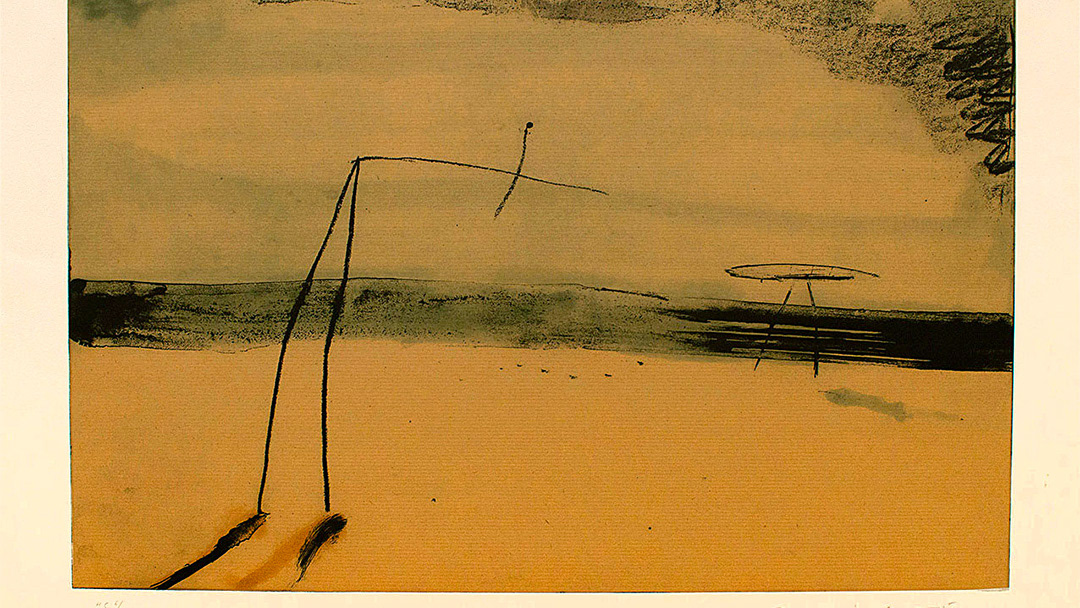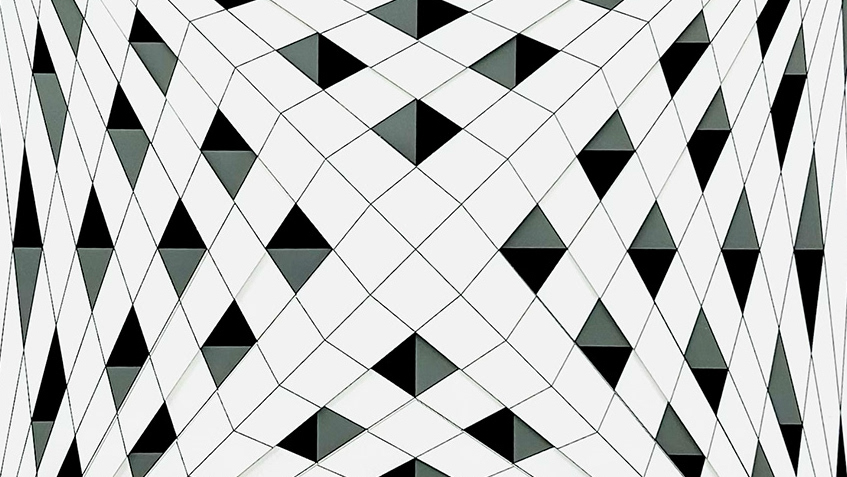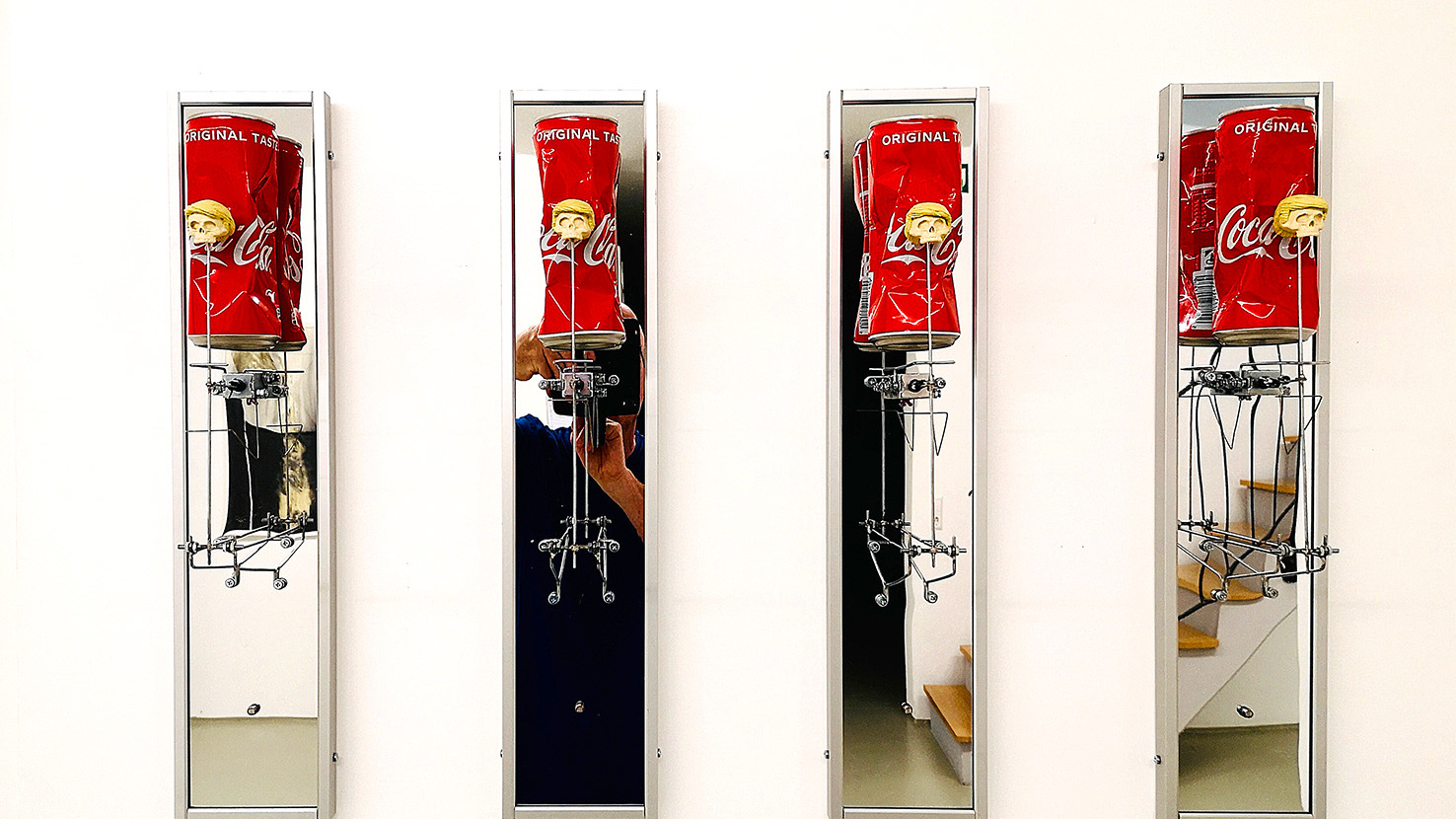Mieczyslaw Wejman was a creative artist. Born in 1912, Mieczyslaw Wejman passed away in 1997. Artists Milena Komrsová, Léon Lamotte, Arvids Strauss, Adelyne Neveux, and Hananiah Harari are of the same generation.
Further Biographical Context for Mieczyslaw Wejman
Born in 1912, Mieczyslaw Wejman's creative work was predominantly influenced by the 1930s.
On a global scale this period can be best characterised by the clash between the world’s predominant political philosophies - Marxist Socialism, Capitalist Democracy, and the Totalitarianism of both Communism and Fascism. In Europe, Surrealism continued to be the leading artistic trend; a kind of expression and school of thought that by this time had spread worldwide. In Mexico, artists like Frida Kahlo and Diego Rivera integrated many of these ideas into their radical political ideologies to develop a new kind of magic realism. In the United States, the Great Depression had a great influence on artistic production, with a number of artists taking inspiration from the agrarian and the humble man in the streets. It was the first time in US history that widespread collectives of artists began to address politics, and endeavoured to use their art to impact society.
Artists focused exhibitions on social and political themes such as poverty, lack of affordable housing, anti-lynching, anti-fascism, and workers' strikes. In the Soviet Union, Stalin’s government required urgent funds to implement the rapid industrialisation demanded by the first Five Year Plan. It initiated a secret plan to sell off treasures from the State Hermitage Museum in Leningrad (St. Petersburg), including a preliminary list of two hundred and fifty rare paintings by the Old Masters, many of which found their way to the collection of Andrew Mellon via the New York based art dealing company, Knoedler. The era assumed a sinister turn with the dawn of National Socialism in Germany, and Adolf Hitler’s rise to power in 1933. The decade would conclude in the inset on the Second World War; a political and social furore that preoccupied not only artists, but large swathes of the world’s population.
Mieczyslaw Wejman, "Przeczucie", 1961, Linocut: 7/30, 74 x 54 cm










